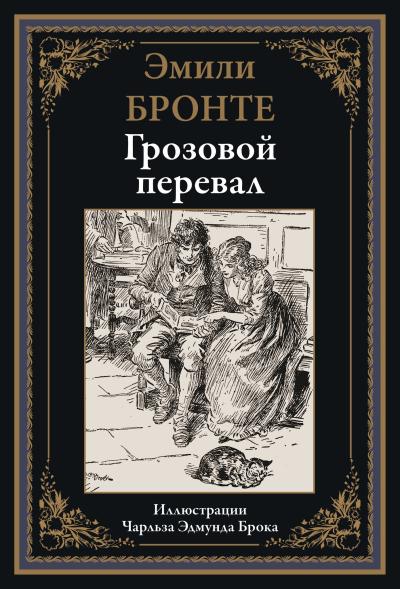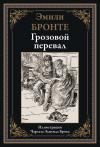Wuthering Heights
14.99 €
Out of stock
Emily Brontë's most famous work, Wuthering Heights, is considered a classic example of early Victorian literature; it is no less famous than Jane Eyre, whose author was Emily's sister Charlotte. This edition, decorated with illustrations by the famous British artist Charles Edmund Brock, gives the text of "Wuthering Heights" in a translation by N. Volpin. At the end of the book is a short essay telling the dramatic family history of the talented Brontë sisters. "Wuthering Heights" is considered a classic example of early Victorian literature; it is no less famous than the novel "Jane Eyre", whose author was Emily Brontë's sister Charlotte. Both future writers spent their early years in the early nineteenth century with their brother Brenwell and younger sister Anne among the heath in the north of England in the small village of Howarth. Their mother belonged to the middle class, but had no time to make a serious impact on the upbringing of the children; she was taken to her grave by cancer. After the loss of his wife, the girls' father Patrick buried the idea of remarriage and began to devote all his free time to his duties as a parish priest. His children ended up in the care of an aunt. From the bleak provincial life they were saved by fantasy. Reading the capital's newspapers and magazines, Emily and Charlotte composed then and wrote down the stories they invented. Charlotte Brontë in this youthful period wrote much more than after the publication of the novel "Jane Eyre", published in 1847. Its noisy success attracted the attention of publishers and the work of her sister Emily, as a result, in the same year was published "Wuthering Heights. It was the only major work by the writer, who died of tuberculosis the following year, 1848. British artist Charles Edmund Brock began illustrating books in 1890; he was barely twenty years old at the time. Charles lived at this time with his three younger brothers, also artists, in Cambridge, where the Brocks had an artist's studio. He quickly established himself as a talented illustrator. First, the elder Brock had a special talent - he perfectly succeeded in black-and-white stroke drawings, in which he skillfully conveyed the play of light and shadow, movement and emotion of characters. Secondly, Charles was very careful to work on drawing details; he spent hours in Cambridge libraries, studying the costumes and realities of the mid XVIII century or early XIX century, to maximize the accuracy of the characters of Dickens or Stevenson. He also illustrated works by Jonathan Swift, William Thackeray, Jane Austen and George Eliot. However, Charles was fond of easel painting. Such works were few, they cost a lot, and they are still hunted by collectors. Suffice it to say that at the end of XX century. several paintings of the artist, devoted to golf, were purchased by a Japanese collector for 1.5 million dollars. And yet in history Charles Brock went down in history as a book graphic artist. He created more than a hundred beautiful illustrations and continued to do this work until his death in late February 1938.
See also:
- All books by the publisher
- All books by the author
- All books in the series Library of World Literature










